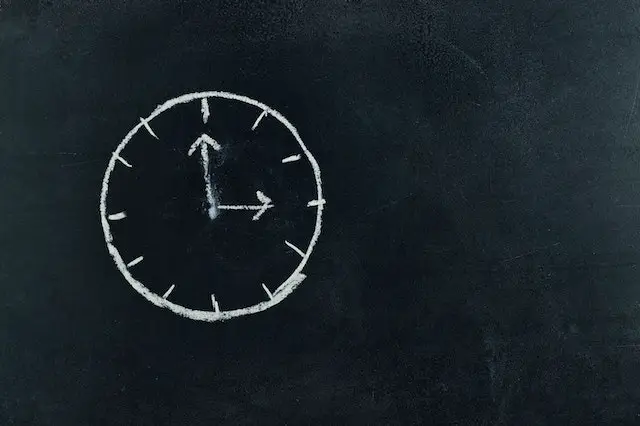1800 hours is a way of expressing time in the 24-hour clock format, also known as military time. In this format, the day is divided into 24 hours, starting at midnight (00:00) and ending at midnight the following day. Each hour is numbered consecutively from 00:00 to 23:59, with no AM or PM designation.

In this system, 1800 hours refers to 6:00 PM in the 12-hour clock format commonly used in the United States and other countries. This means that if someone says “let’s meet at 1800 hours,” they are referring to a meeting time of 6:00 PM.
The use of the 24-hour clock format, including the term “1800 hours,” is common in many countries, particularly in the military and other fields where precise timekeeping is essential. It is also used in some industries, such as transportation and healthcare, where accurate timekeeping is critical for safety and efficiency.
One advantage of using the 24-hour clock format is that it eliminates confusion around AM and PM designations, which can lead to misunderstandings and scheduling errors. For example, if someone says “let’s meet at 3:00 PM,” it may not be clear whether they mean 3:00 in the afternoon or 3:00 in the evening. By using the 24-hour clock format and the term “1800 hours,” there is no ambiguity around the meeting time.
In addition, the 24-hour clock format is often used in situations where time is recorded or communicated across time zones. Since different regions of the world may use different time zones and daylight saving time rules, using a standardized 24-hour format helps to ensure that everyone is on the same page.
However, for those who are not familiar with the 24-hour clock format, it can be confusing and require some mental conversion. Some people may not know that 1800 hours means 6:00 PM, which could lead to missed appointments or confusion. To avoid this, it’s important to clarify the meaning of 1800 hours when using this format with individuals who may not be familiar with it.
Overall, 1800 hours is simply another way of expressing time, based on the 24-hour clock format. While it may be less familiar to some people than the more common 12-hour clock format, it offers advantages in terms of clarity and precision in certain situations.